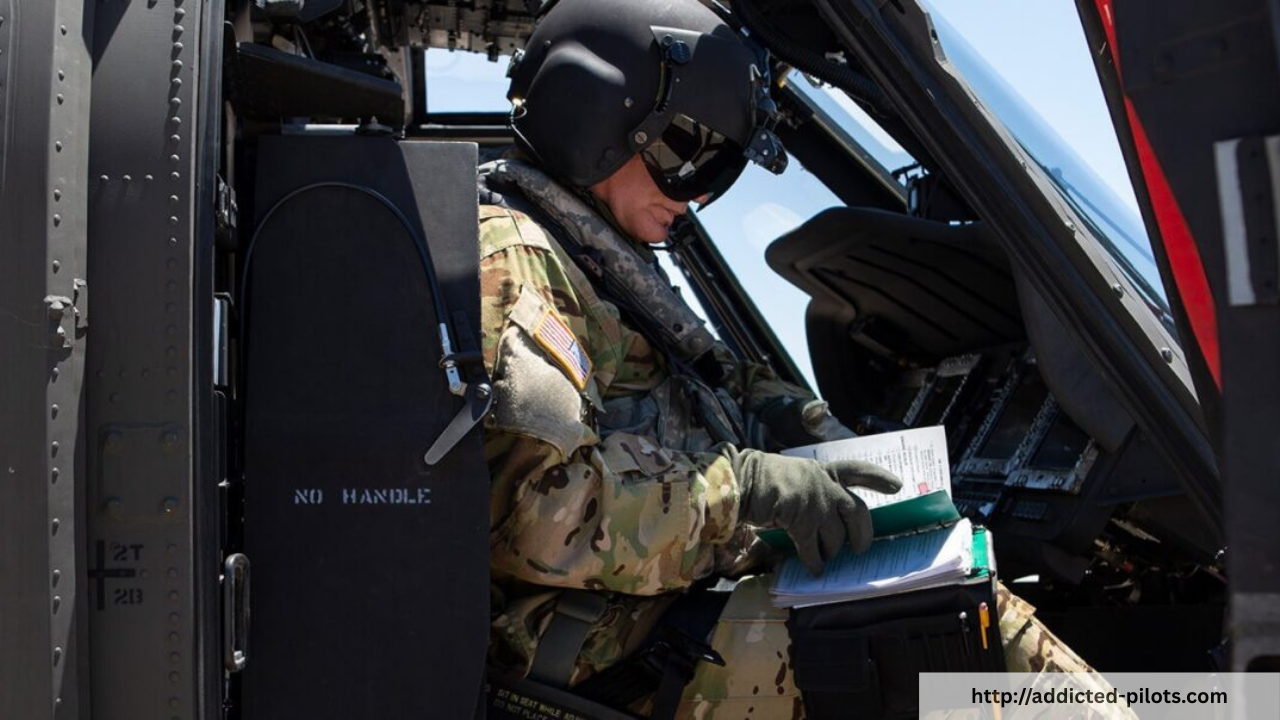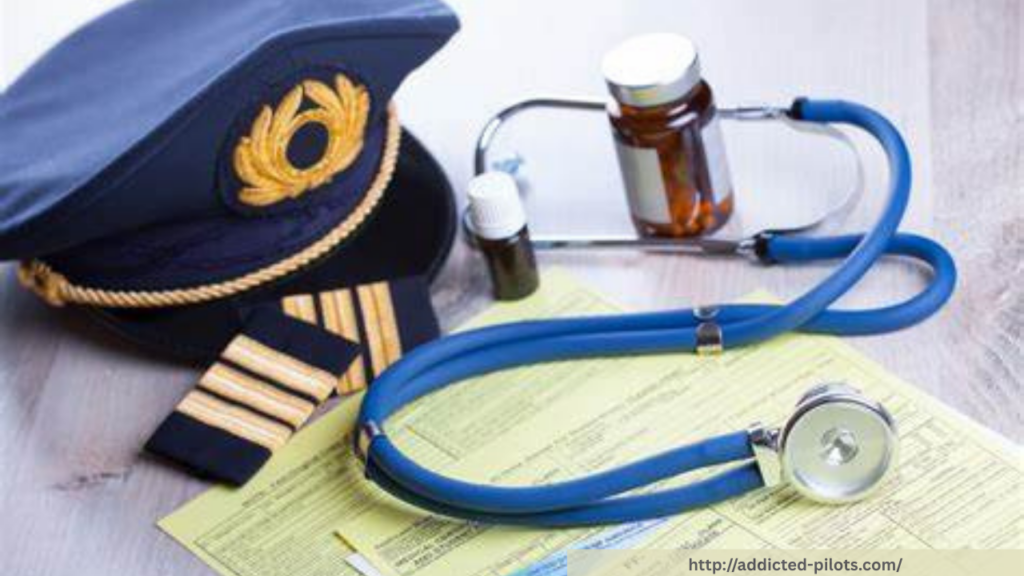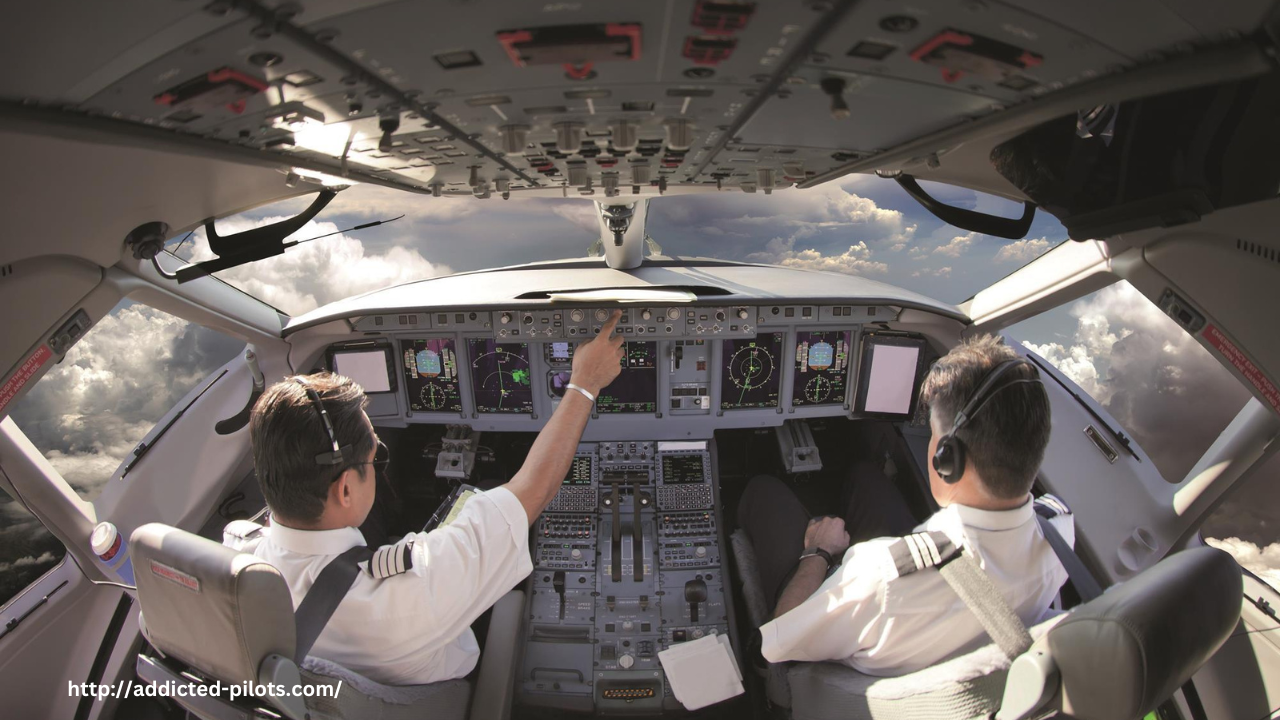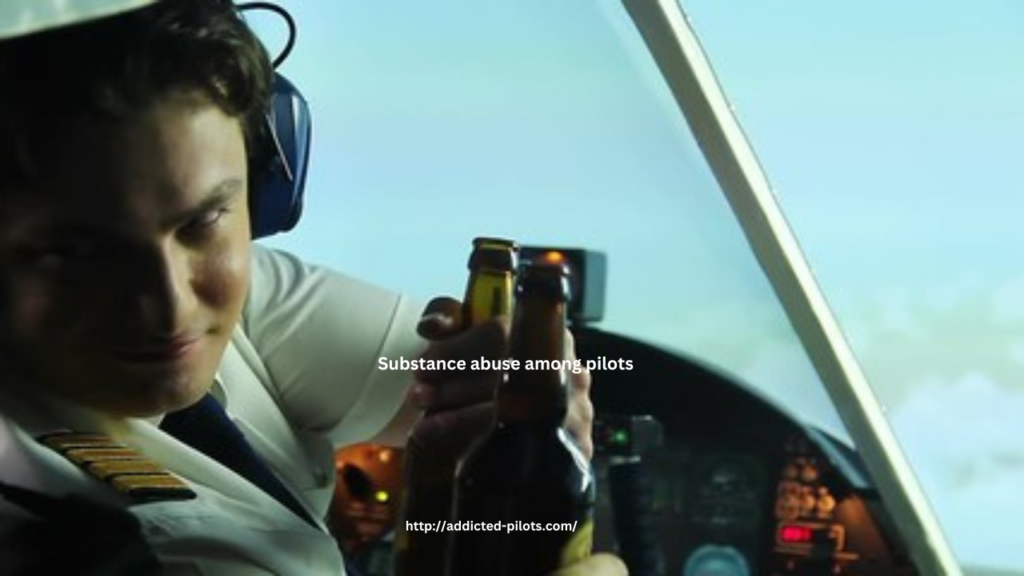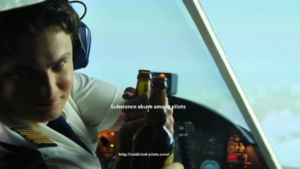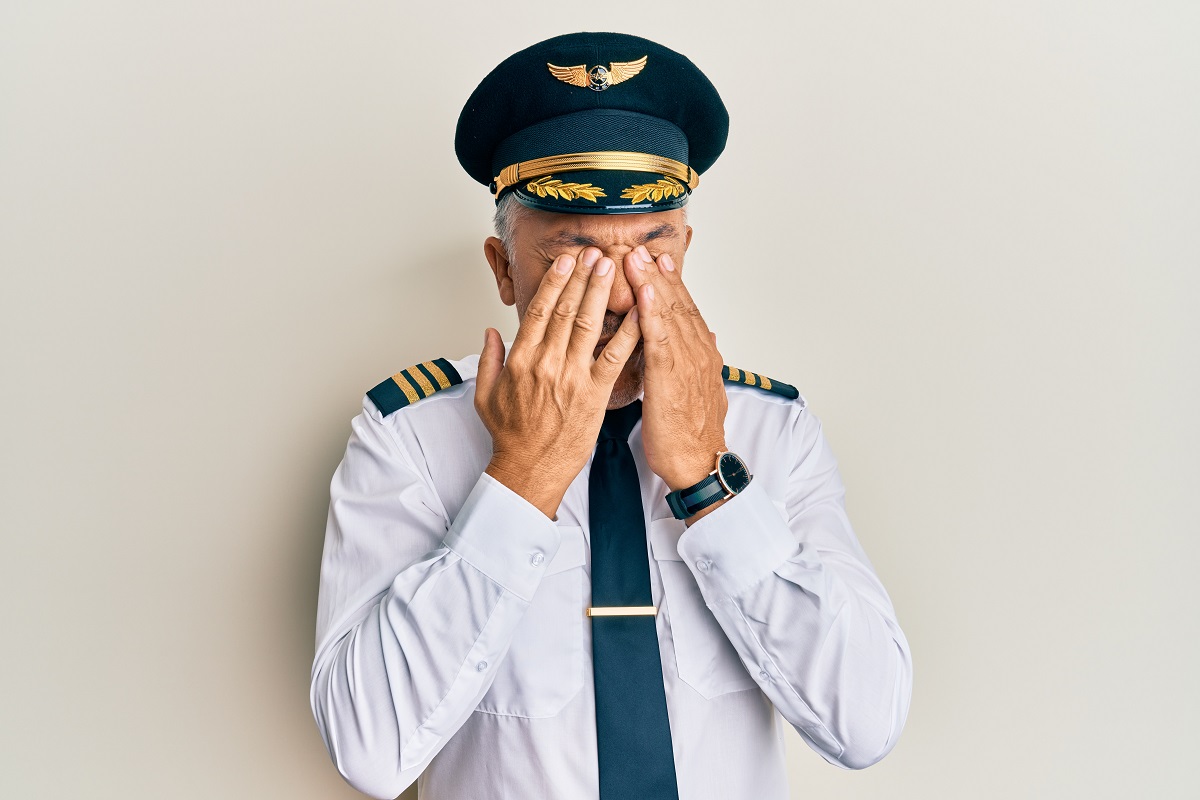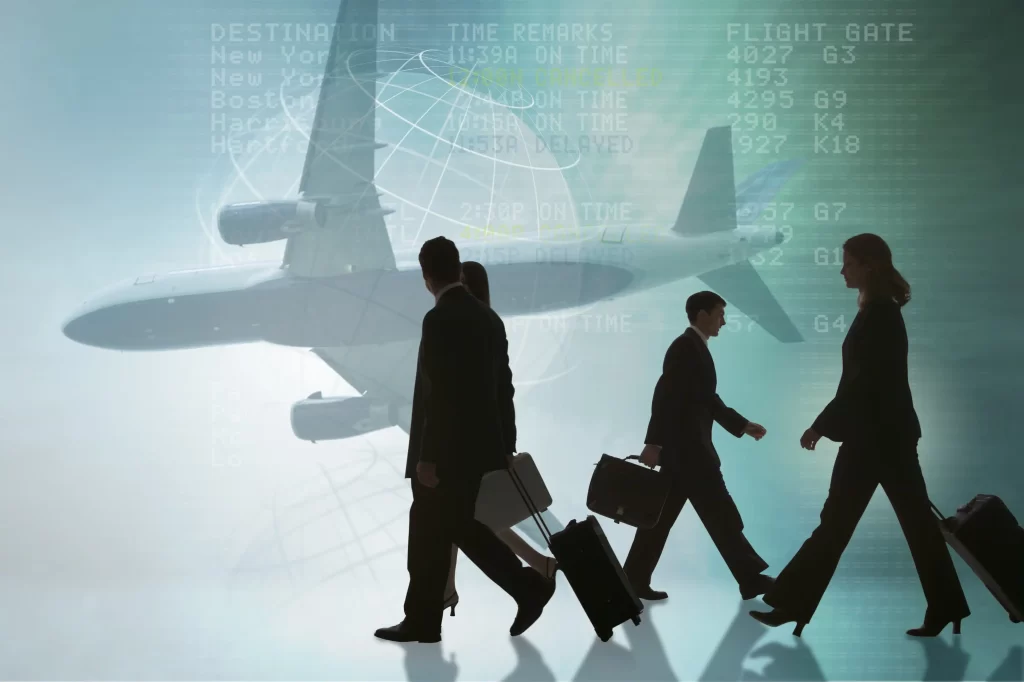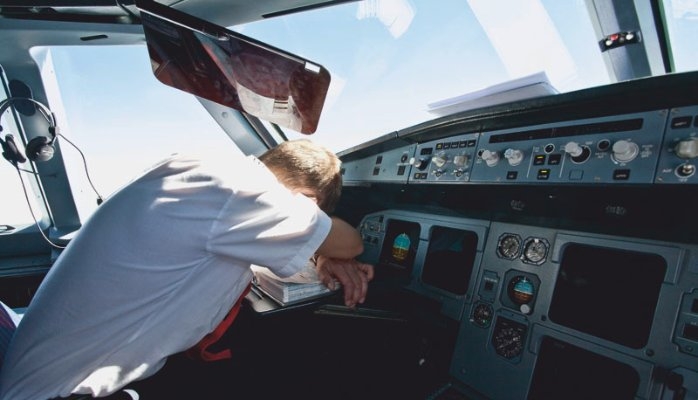The aviation industry represents precision, adventure, and immense responsibility. Pilots, often seen as the epitome of discipline and control, are tasked with navigating complex aircraft and ensuring the safety of hundreds of lives. However, beneath the calm exterior and technical prowess, many pilots grapple with intense pressures that can lead to substance abuse and addiction. This issue, though not always visible, has significant implications for individual well-being and flight safety.
The Weight of Responsibility
Flying an aircraft is not just about technical skill—it’s about managing high-stress environments. Pilots must make critical decisions under pressure, adapt to rapidly changing weather conditions, and respond swiftly to in-flight emergencies. Every flight comes with the expectation of perfection, and the weight of that responsibility can be mentally and emotionally draining. Over time, this unrelenting pressure can lead to burnout, anxiety, and even depression.
The Impact of Isolation and Irregular Schedules
The nature of a pilot’s job often involves long hours, overnight layovers, and constant time zone changes. These irregular schedules disrupt sleep patterns and contribute to chronic fatigue. Pilots may find it difficult to maintain a healthy work-life balance, often missing out on family events and personal milestones. This isolation from loved ones and the inability to establish regular routines can lead to feelings of loneliness and emotional distress.
In such circumstances, some pilots turn to alcohol or drugs as a means of self-medication. Initially, it may seem like a way to relax or escape, but over time, what starts as a coping mechanism can evolve into dependency.
Substance Use in the Skies
Alcohol is the most frequently misused substance among aviation professionals. While strict rules prohibit consumption within eight hours of flying, some pilots still engage in risky behaviors, hoping not to get caught. Others may misuse prescription drugs—such as sedatives for sleep, stimulants for fatigue, or painkillers for chronic injuries—without fully understanding the potential for addiction.
Substance abuse, even in its early stages, can impair cognitive function, slow reaction times, and increase the likelihood of errors—all of which can endanger lives in the air.
Stigma and the Fear of Losing It All
One of the major barriers to addressing addiction in the aviation industry is the stigma associated with seeking help. Pilots often fear that admitting to a substance abuse problem could lead to job loss or the permanent end of their flying careers. This fear causes many to hide their struggles, delaying or avoiding treatment altogether.
Programs like the Human Intervention Motivation Study (HIMS) offer a pathway to recovery. These programs provide confidential support and rehabilitation with the goal of returning pilots to the cockpit safely.
Charting a New Course
To combat addiction among pilots, the aviation industry must foster a culture of openness and support. This includes regular mental health check-ins, access to confidential counseling, and education about the risks of substance abuse. Encouraging early intervention and reducing stigma can help pilots manage their soaring troubles before they spiral into addiction.
By addressing the root causes of stress and providing the right support systems, we can ensure pilots are not only capable in the cockpit but also healthy in their personal lives.
